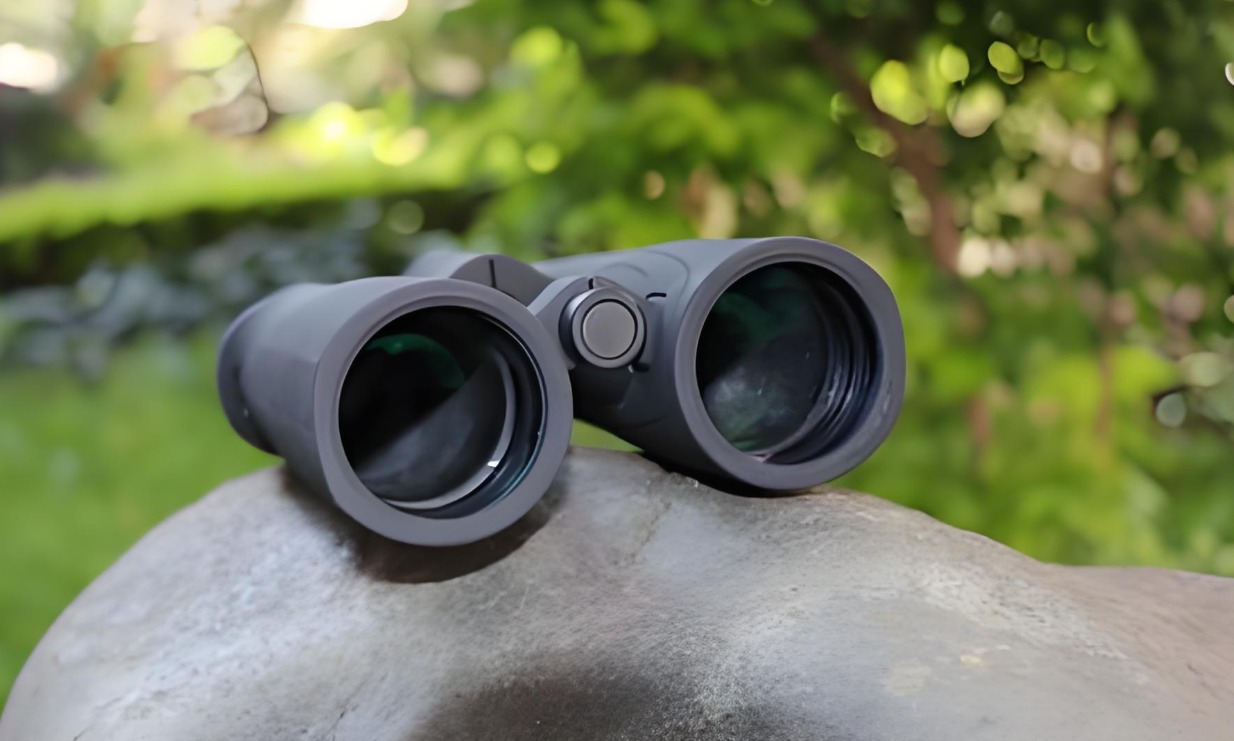Long-distance telescopes play an important role in the following fields:
Astronomical observation field
Basic astronomical research
Used to observe galaxies. For example, through large optical telescopes, astronomers can study the morphology, structure and evolution of distant galaxies. Like the Hubble Space Telescope, it can observe galaxies billions of light years away from the earth, helping scientists understand the expansion of the universe and the formation process of galaxies.
Observe stars. The birth, evolution and death process of stars can be studied. For example, observing the brightness changes of stars and analyzing the distribution of matter around stars is of great significance for studying the life cycle of stars and the formation of planetary systems.
Explore interstellar matter. Telescopes can detect interstellar gas and dust clouds, which are the raw materials for the formation of stars and planets. By observing them, we can understand the physical and chemical properties of molecular clouds and the initial conditions for the formation of stars.
Astronomy enthusiasts activities
Many astronomy enthusiasts use small long-distance telescopes to observe celestial bodies. They can observe the details of celestial bodies that are difficult to see with the naked eye, such as the craters of the moon, the satellites of Jupiter, and the rings of Saturn. This not only satisfies their curiosity about the universe, but also allows some simple astronomical observation records and popular science sharing.

Military field
Reconnaissance and surveillance
Long-range telescopes play a key role in military reconnaissance. In border areas, high-power telescopes can be used to observe the enemy's military deployment, equipment mobilization and personnel activities. For example, telescopes installed at military outposts can monitor the dynamics of enemy positions at a distance without exposing their own positions.
For maritime military operations, ship-borne telescopes can be used to observe distant ships, aircraft and maritime targets. In modern naval warfare, it can help determine the direction, number and approximate model of the target, and provide intelligence support for subsequent military decision-making.
Target positioning and aiming assistance
In weapon systems such as artillery and missiles, long-range telescopes are used as part of the aiming device to accurately locate and aim at the target. Operators can observe the position and movement trajectory of the target through the telescope, adjust the launch parameters of the weapon, and improve the accuracy of shooting. For example, the sight on the tank allows the gunner to accurately hit the target at a long distance.
Navigation field
Maritime navigation and observation
On ocean-going ships, crew members use telescopes to observe the surrounding sea conditions and promptly discover other ships, icebergs, buoys and other objects. This is essential to avoid collision accidents. At the same time, telescopes are also used to find land landmarks and lighthouses to assist ships in positioning and navigation.
When guiding ships in and out of ports, port pilots use telescopes to observe port facilities, dock conditions and the location of other ships to ensure that ships can dock and set sail safely.
Wildlife Observation Field
Wildlife Research
Biologists use long-range telescopes to observe the behavior, ecological habits and population dynamics of wild animals in natural environments. For example, on the African savannah, researchers can use telescopes to observe the foraging, reproduction and migration behaviors of animals such as lions and elephants without disturbing them.
For some rare or inaccessible wild animals, such as snow leopards in alpine areas and some birds in the jungle, long-range telescopes are important tools for studying their living habits. Information such as their range of activities and habitat utilization can be recorded to provide a scientific basis for wildlife protection.
Ecotourism and Nature Observation Activities
In ecotourism, tourists can use telescopes to watch wild animals. For example, in some national parks or nature reserves, tourists use telescopes to watch deer, bears and other animals in the distance, which can not only meet the viewing needs, but also avoid being too close to the animals and posing a threat to them.
Sports Events
Event Referees and Observers
In some large-scale sports events, such as athletics, football, and sailing, long-distance telescopes can help referees better observe the competition. For example, in long-distance events in athletics, the end referee can use a telescope to observe the athletes' sprinting movements and rankings; in football matches, the linesman can use a telescope to observe whether offside and other situations occur.
For sailing competitions, referees use telescopes to observe the sailing of sailboats at a long distance to determine whether the rules of the game are violated.
Sports Broadcasting and Audience Experience
The broadcasting team of sports events can use telescope lenses with long-distance shooting functions to capture the details of athletes' wonderful moments and provide clearer images for TV viewers and online live broadcast viewers. Audiences can also use their own small telescopes to better watch the game on site, such as seeing the expressions of athletes or the details of competition equipment.
About us
Onick Optics (Wuhan) Co., Ltd. is a technology company dedicated to instruments and meters, optical instruments, electronic instruments, telescopes, night vision devices, car intercoms, digital photo recorders, uncooled thermal imaging and other products. It focuses on the research and development, production and sales of various instruments and meters, optical instruments, instruments and meters, optical instruments, electronic instruments, telescopes, night vision devices, speedometers, digital photo recorders, uncooled infrared thermal imaging and other products, and provides safe and reliable after-sales maintenance services.


